You will need:
- Foam cup
- Thermometer
- A quarter cup of vinegar
- 1 tablespoon of bicarbonate soda.
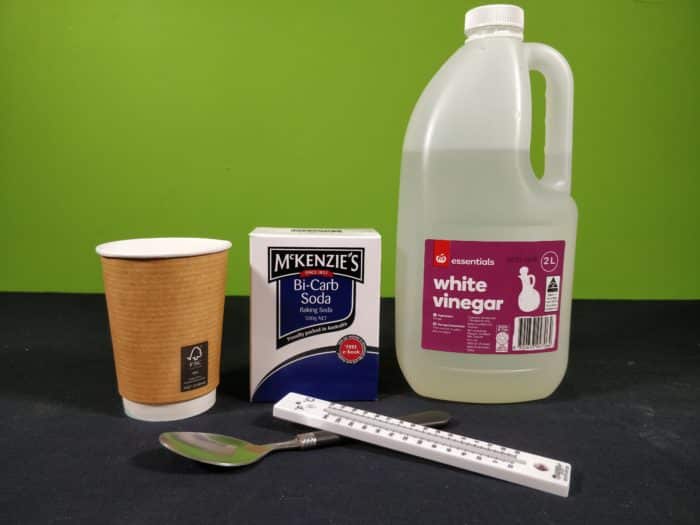
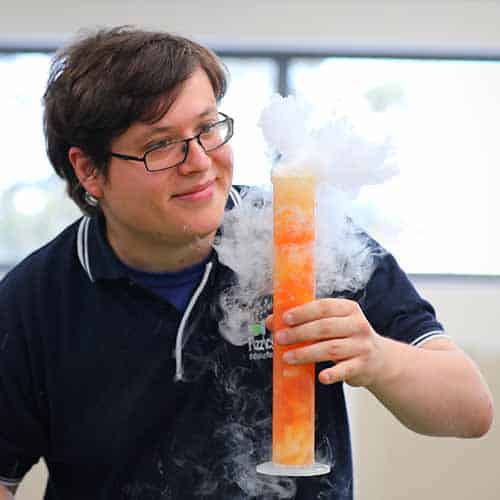
School science visits since 2004!
– Curriculum-linked & award-winning incursions.
– Over 40 primary & high school programs to choose from.
– Designed by experienced educators.
– Over 2 million students reached.
– Face to face incursions & online programs available.
– Early learning centre visits too!
Why Does This Happen:
Did the temperature increase, decrease, or stay the same? What else did you notice about the reaction? The reaction between vinegar and bicarbonate soda can be written as:
Vinegar + Bicarbonate Soda —> Carbon Dioxide + Water + Sodium Acetate
This is an endothermic reaction, which means the mixture requires and takes heat from its surroundings in order to react. This results in a drop in temperature of the contents of the cup.
As an extension for high school chemistry, you can use this experiment to demonstrate how to calculate the change in enthalpy for a reaction:
where:
ΔH = change in enthalpy (kJ),
c = specific heat capacity of water (4.18 kJ kg-1 °C-1),
m = mass of solution (kg),
ΔT = change in temperature of the solution (°C).
For other bicarbonate soda and vinegar experiments, check out this list in our blog!
Variables to test
- Does it matter about how much vinegar or bicarbonate you add?
- if you change the starting temperature, does this affect the change in temperature?
From colour changes to slimy science, we’ve got your kitchen chemistry covered!
Get in touch with FizzicsEd to find out how we can work with your class.
Chemistry Show
Years 3 to 6
Maximum 60 students
Science Show (NSW & VIC)
60 minutes
Online Class Available
STEM Full Day Accelerator - Primary
Designed from real classroom experiences, this modular day helps you create consistently effective science learning that directly address the new curriculum with easily accessible and cost-effective materials.
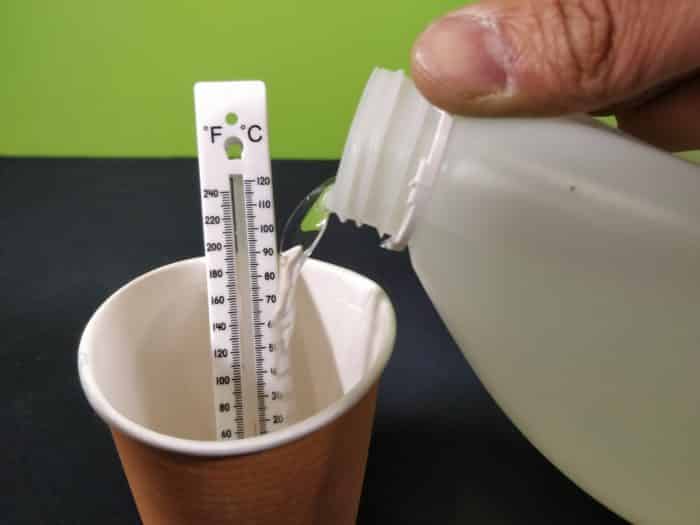

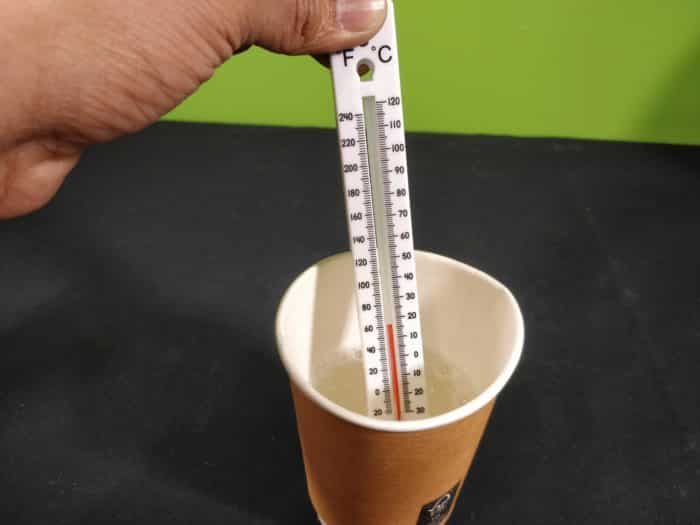

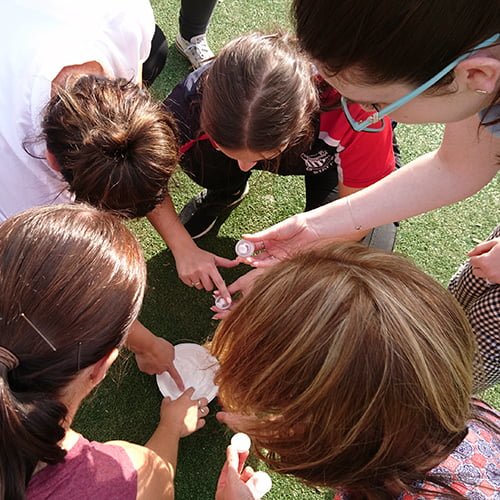

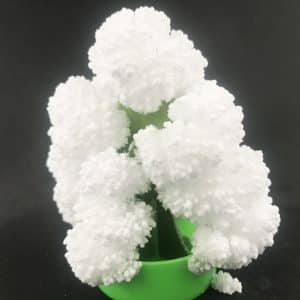




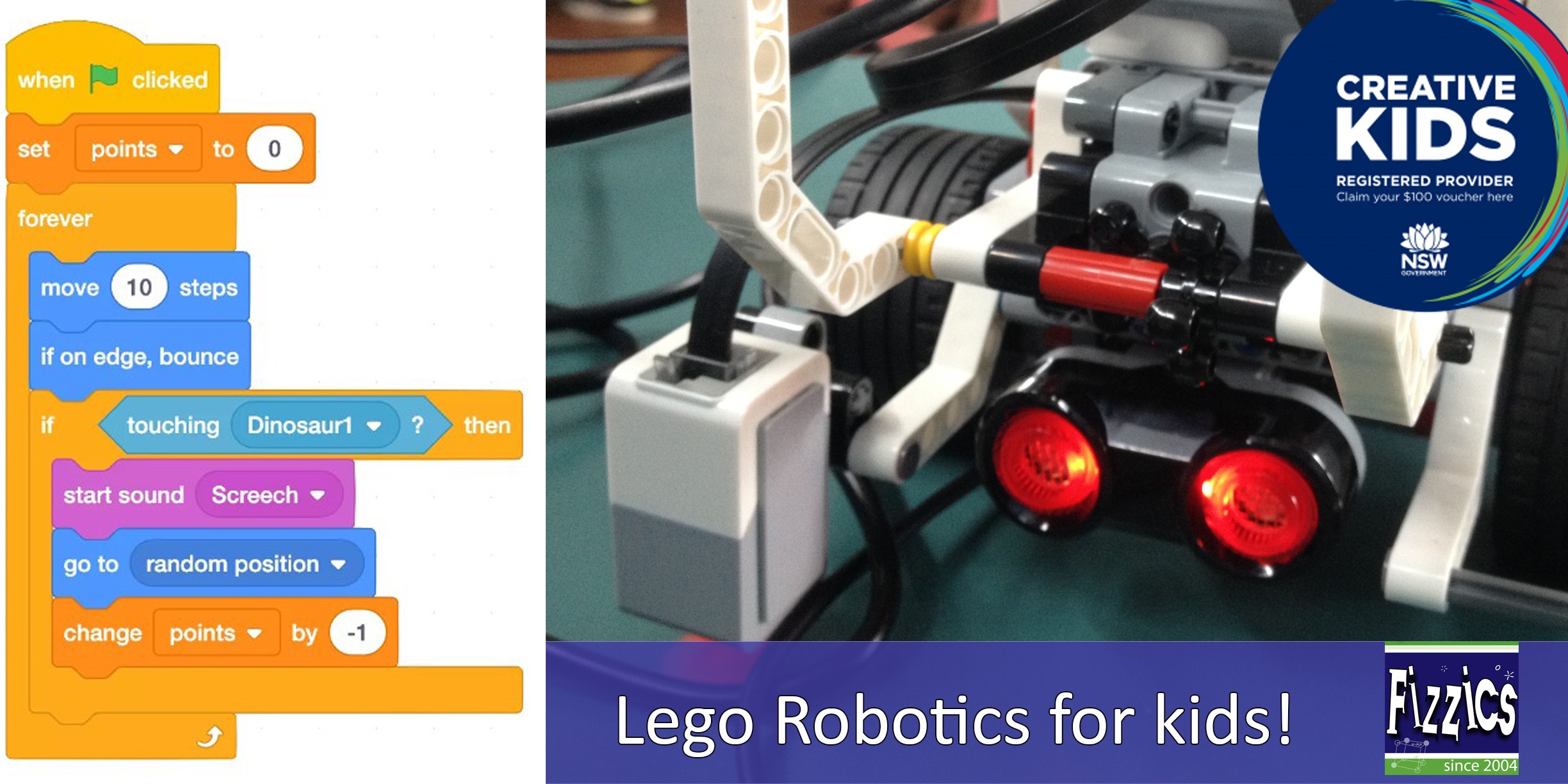
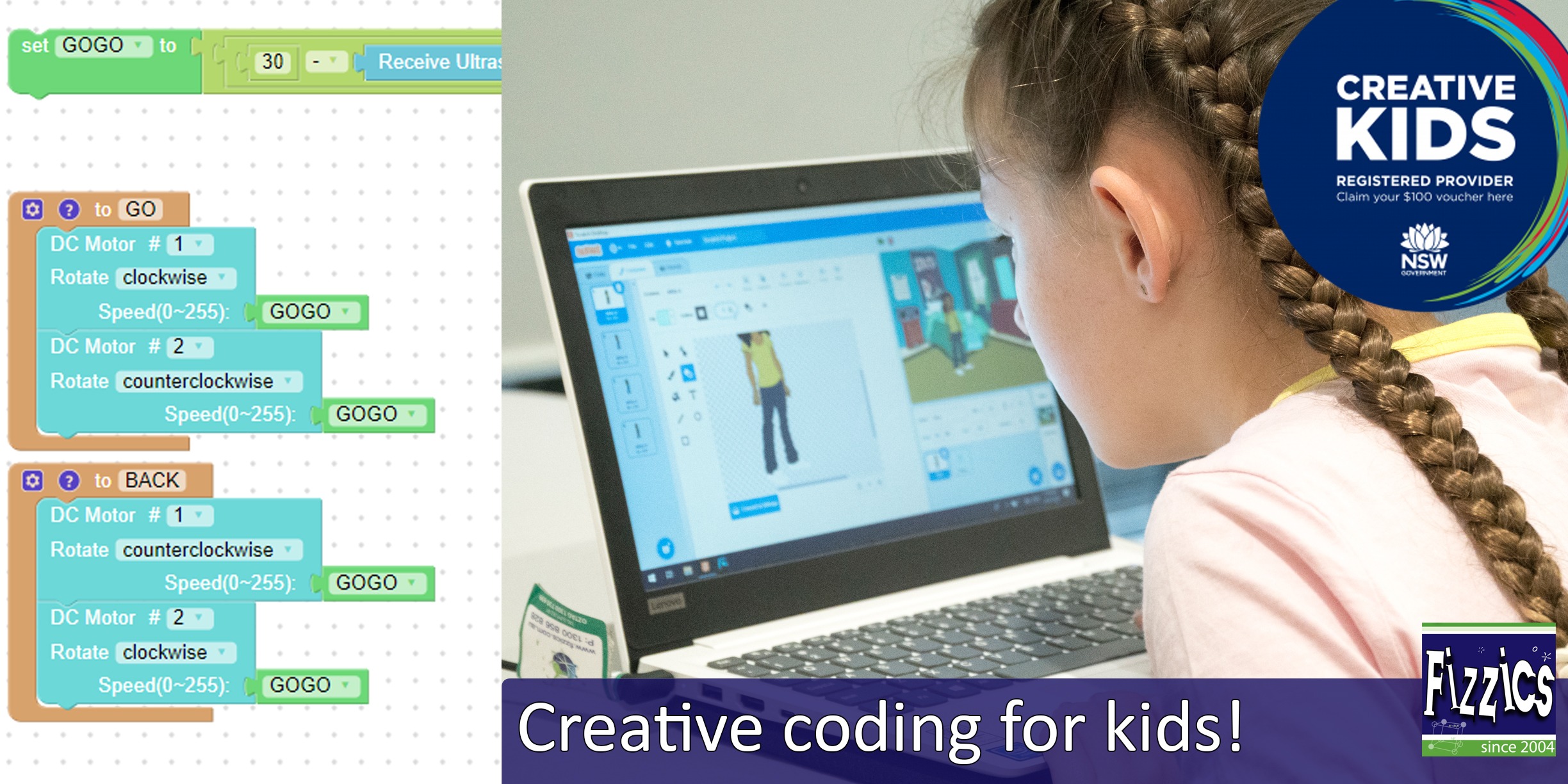
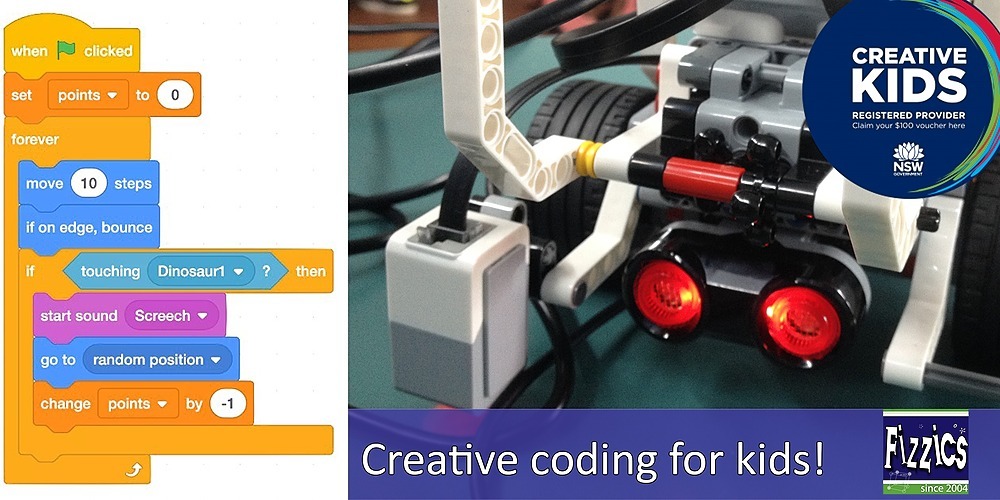
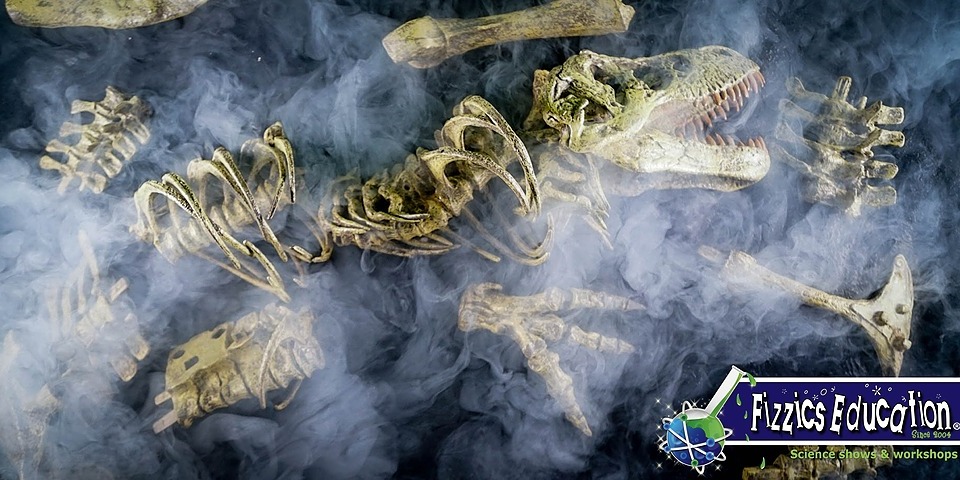
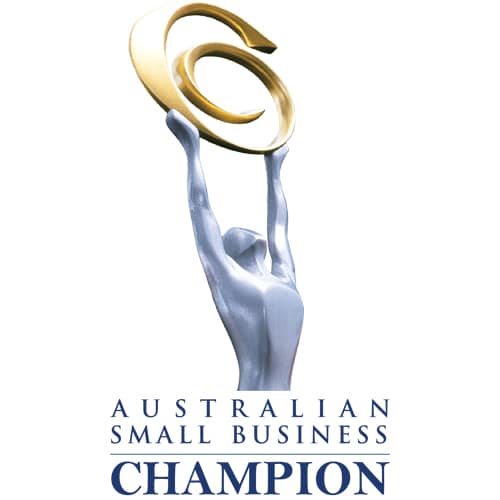


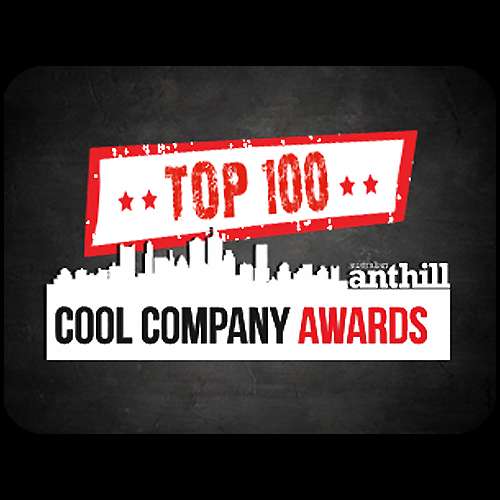

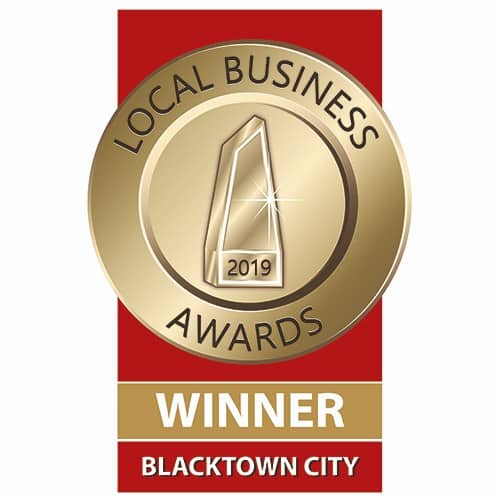






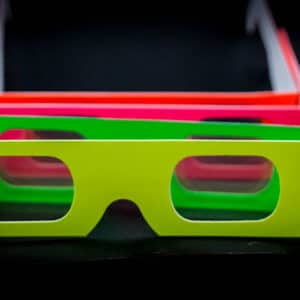


this was very helpful to me
We’re glad that this was handy for you Kamryn!
where would you find a thermometer
Hi! Depending on which country you’re from, you can find thermometers in chemists/pharmacies/drugstores. No need to spend too much money on these though. Enjoy!
This was very helpful. Thank you
Are there any other methods to check if a reaction is endothermic? I’m just asking.
Hi there! Glad that this experiment was helpful for you. Generally checking the temperature change is the best way to see if a chemical reaction is endothermic or exothermic. If you would like to know more, there is a great discussion on this on Khan Academy. All the best!
, what would the controlled experiment be
Hi Sam!
The controlled experiment in this case would be a cup of vinegar without adding the bicarbonate soda. Take a measurement of the temperature of the vinegar throughout.